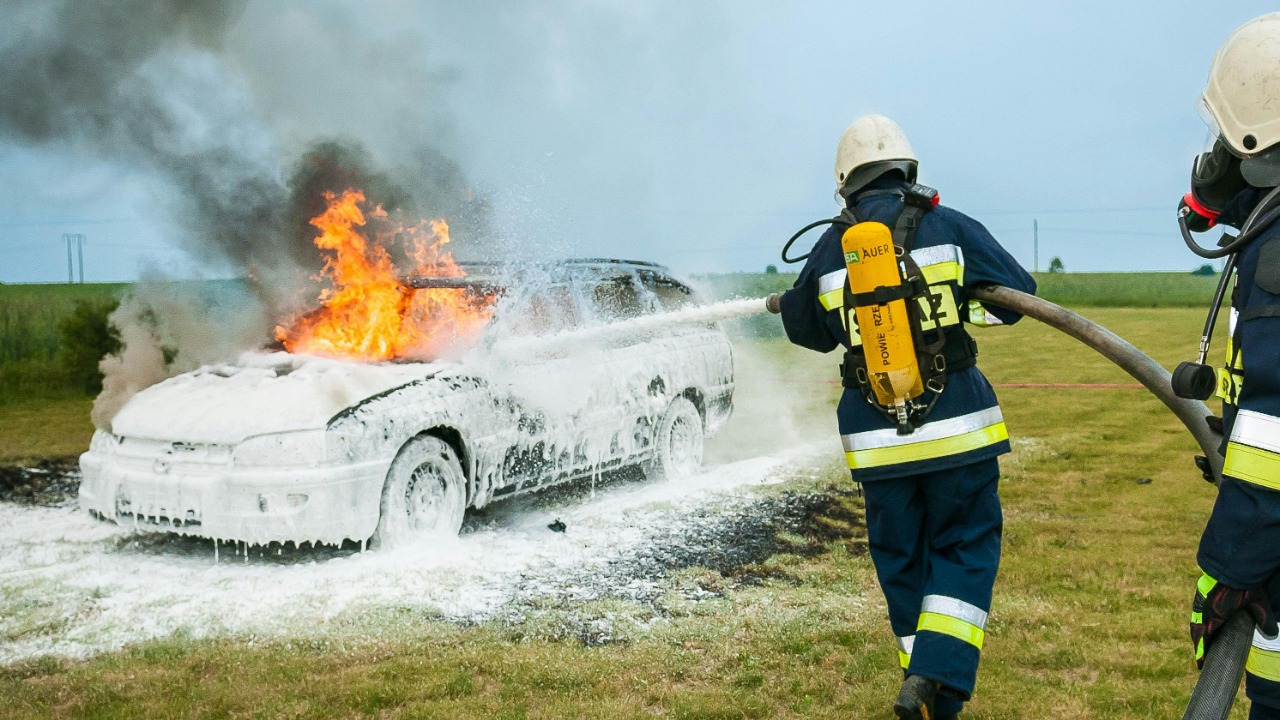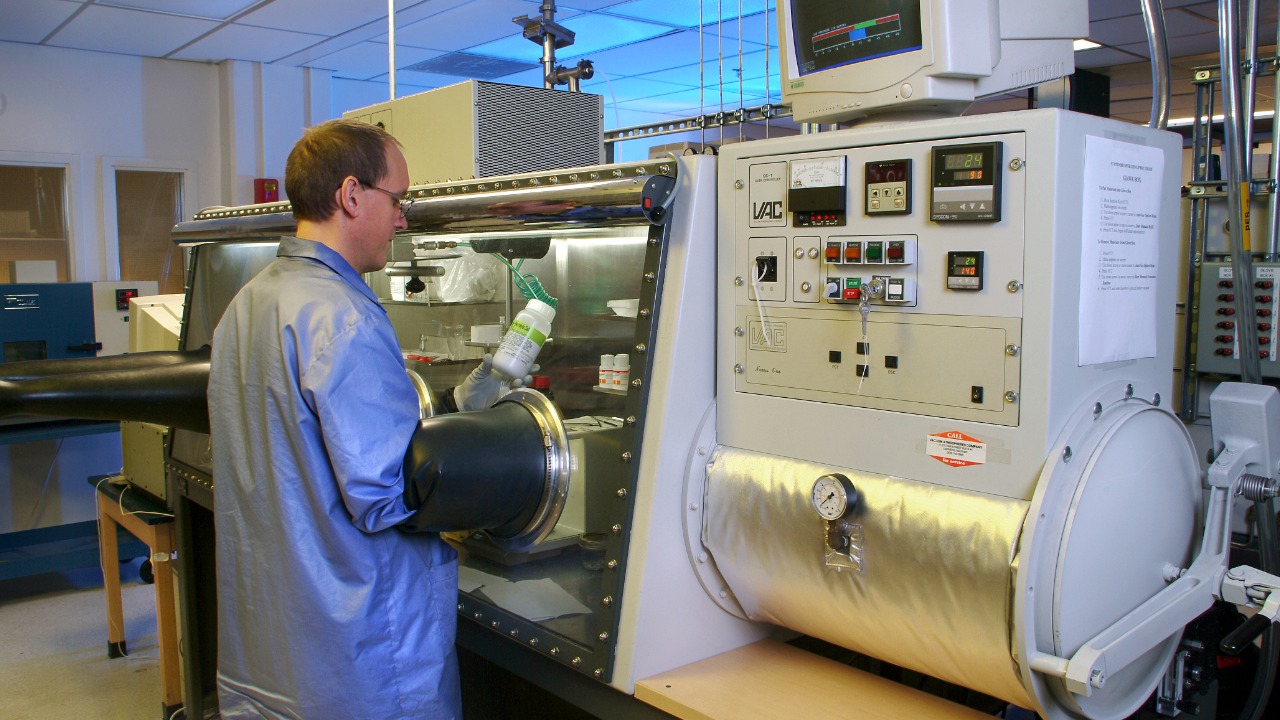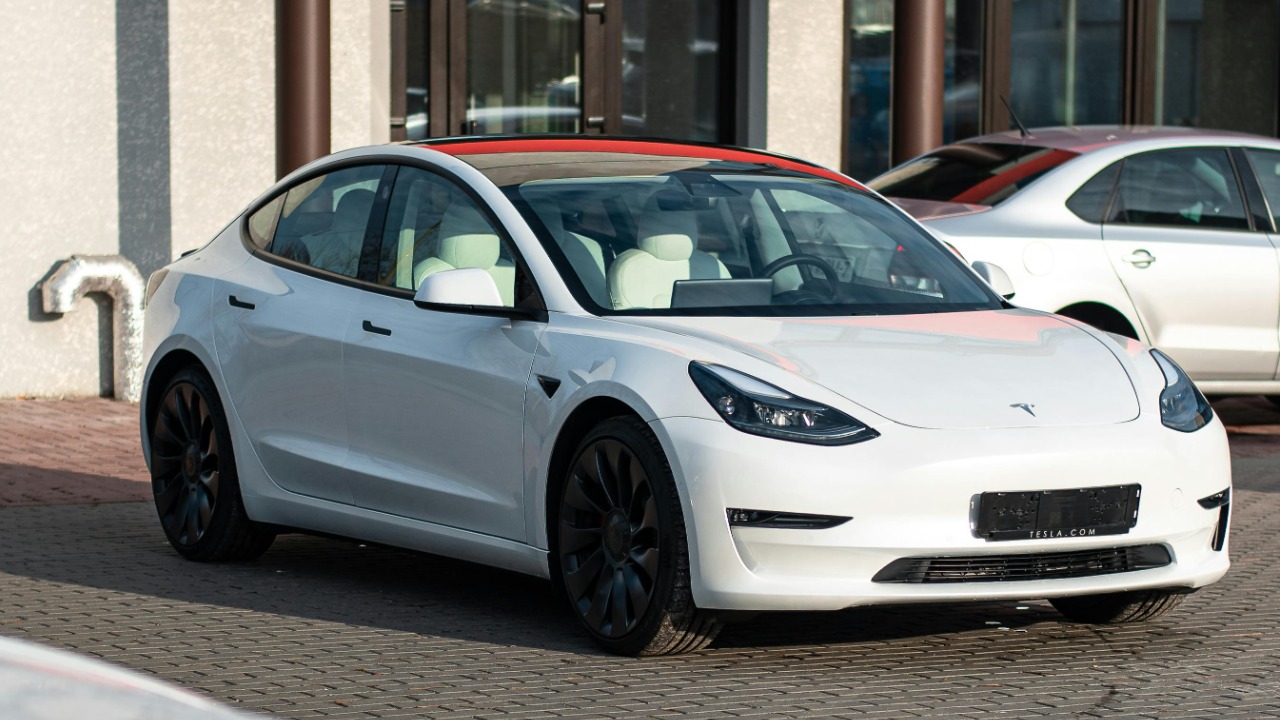
With the rise of electric vehicles (EVs), concerns about battery safety, particularly the risk of fires, have captured public attention. Despite automakers’ assurances, the reality of EV battery fires is more complex than often portrayed. What follows is an exploration of the myths, truths, and implications for consumers when it comes to EV battery fires.
The Real Risk: How Electric Vehicle Fires Compare to Traditional Vehicles

When comparing the incidence of EV fires to those of internal combustion engine (ICE) vehicles, the statistics reveal a surprising reality. According to a CBC report, the frequency of EV fires is significantly lower than that of traditional vehicles. ICE vehicles, with their reliance on flammable gasoline, present a higher risk of fires due to fuel leaks, engine malfunctions, and other factors. However, when EV fires do occur, they tend to attract more media attention, creating a perception that EVs are more dangerous than they actually are.
The severity and impact of EV battery fires are important to consider. While EV fires can be intense due to the chemical reactions within lithium-ion batteries, they are less common than fires in traditional vehicles. The environmental and safety implications of such fires are also noteworthy. EV battery fires can release toxic fumes and are challenging to extinguish, requiring specialized firefighting techniques. Nevertheless, the overall risk of fire remains lower in EVs than in ICE vehicles, a fact often overshadowed by public perception.
Public perception often diverges from reality, influenced by sensationalist media reports and a lack of comprehensive information. While EV fires are rare, they are frequently highlighted in news coverage, leading to exaggerated fears. It is crucial for consumers to understand that while the risks exist, they are not as prevalent as often portrayed. A more informed perspective can help consumers make better decisions regarding EV adoption.
The Science Behind EV Battery Fires

The chemistry of lithium-ion batteries, which power most EVs, plays a central role in the risk of fires. Lithium-ion batteries are prone to a phenomenon known as thermal runaway, where an increase in temperature can lead to an uncontrollable reaction, resulting in a fire. This can occur due to physical damage, manufacturing defects, or improper charging. Understanding these chemical risks is essential for both consumers and manufacturers in addressing safety concerns.
Significant advancements are being made to enhance battery safety. Innovations such as solid-state batteries, which are less prone to overheating, and improved thermal management systems are promising developments in reducing fire risks. Researchers and automakers are investing in these technologies to make EVs safer and more reliable, ensuring that the benefits of electric mobility are not overshadowed by safety concerns.
Documented cases of EV fires provide valuable insights into common causes and contributing factors. A study analyzing these incidents reveals that many fires are linked to factors such as external impacts, overcharging, or manufacturing errors. By learning from these cases, manufacturers can improve design and safety features to minimize the risk of future occurrences.
Automakers’ Responses and Responsibilities

Automakers have a critical role in ensuring the safety of their EVs. Industry standards and safety protocols, including rigorous crash testing and advanced battery management systems, are in place to mitigate risks. These measures are designed to prevent fires and protect consumers, but their effectiveness relies on strict adherence and continuous improvement.
Transparency from automakers is crucial for building consumer trust. While some manufacturers are forthcoming about the risks and safety measures related to their EVs, others could improve communication. Providing clear and accessible information about battery safety can help consumers make informed decisions and reassure them about the reliability of EV technology.
Recalls are a vital aspect of consumer protection in the automotive industry. Notable recalls related to EV battery fires highlight the importance of proactive measures by manufacturers. Consumer protection agencies also play a crucial role in monitoring and enforcing safety standards, ensuring that any potential risks are addressed promptly to safeguard public safety.
Myths and Misconceptions About EV Battery Fires

There are several common myths about EV battery fires that need to be debunked. One prevalent misconception is that EVs are inherently more dangerous than traditional vehicles, which is not supported by data. As discussed in a MotorTrend article, EVs are statistically less likely to catch fire than ICE vehicles, challenging the notion that they pose a higher risk.
Media influence plays a significant role in shaping public perception. Sensationalized reporting can distort the reality of EV safety, leading to widespread misinformation. It is essential for consumers to seek out accurate, evidence-based information to form a more balanced understanding of the risks associated with EVs.
The impact of myths and misconceptions on EV adoption cannot be underestimated. Misunderstandings about battery fires can deter potential buyers and slow the transition to electric mobility. Addressing these misconceptions is crucial for promoting wider acceptance of EVs and realizing their environmental benefits.
Future Outlook: Reducing the Risk of EV Battery Fires

Regulatory and policy changes are key to enhancing EV battery safety. Policymakers can support the development of safer technology through incentives for research and development, as well as stricter safety standards. These measures can help ensure that advances in EV technology prioritize consumer safety.
Collaboration among automakers, researchers, and governments is vital for advancing EV safety technologies. By working together, stakeholders can share knowledge, drive innovation, and develop solutions that reduce the risk of battery fires. This collaborative approach is essential for making electric vehicles a safe and sustainable choice for consumers.
Empowering consumers with information and resources is critical in the evolving automotive landscape. By staying informed about EV safety, consumers can advocate for their interests and make choices that align with their values. Practical advice on how to maintain and operate EVs safely can also help reduce the risk of battery fires and improve overall vehicle safety.